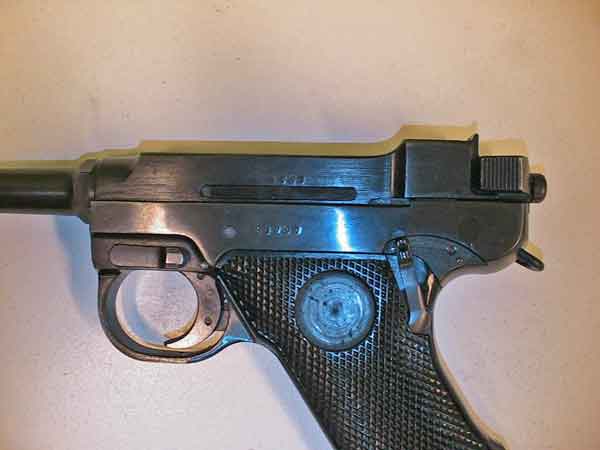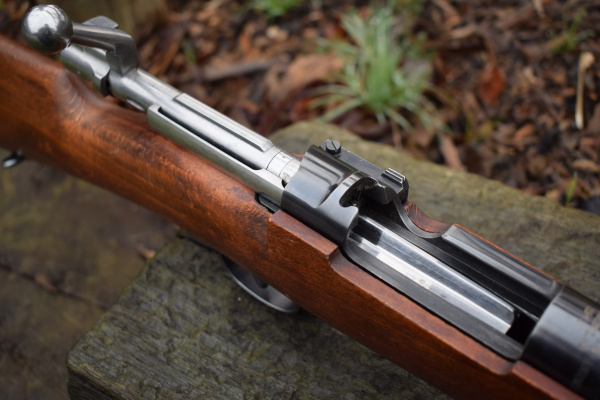

The innovative saw is highly regarded by forestry workers, for whom it spares kickback-related injuries. The Husqvarna 140, the world’s first chainsaw featuring an automatic chain break, makes its debut. The company name is officially shortened to “Husqvarna.” The rebranding effort includes a newer, sleeker logo.

As a result, forestry workers around the world enjoy increased comfort and control while they work. The Husqvarna 180 chainsaw is released, featuring groundbreaking anti-vibration technology. The product strengthens Husqvarna’s bond with forestry professionals. Husqvarna begins production of brushcutters, beginning with model 65r. Modern hunting rifles still employ Husqvarna’s innovative bolt construction. The weapon is regarded as ahead of its time, inspiring civil weapons manufacturers worldwide. Husqvarna presents its last hunting rifle, the 1900-series. Sason uses motorcycle muffler technology to achieve significantly lower noise levels than competitors. Known as the Husqvarna 90, the chainsaw is built by iconic Swedish designer Sixten Sason. It’s a busy period for Husqvarna in the same year, the first chainsaw is sold. In 1959, the first homeowner model hits the market. Husqvarna introduces its first motorized lawnmower for commercial use in 1947. 1947-1959: The first motorized mowers – and chainsaws 1921–1949: Becoming a household nameĮxpansion continues with a number of household appliances, including Husqvarna’s first electric stove, dishwasher and washing machine. In 1919, the company begins manufacturing its own engines.
#Husqvarna rifles serial numbers manual#
Husqvarna acquires “Norrahammars Bruk,” in the process adding two new products to the portfolio: boilers and manual lawnmowers. Sewing machines (1872), hunting weapons (1877), wood stoves (1884), mincing machines (1890), the first Swedish typewriter (1895), bicycles (1896), motorcycles (1903) and gas stoves (1912). An ambitious period of innovation commences, resulting in an array of new products, including: Husqvarna’s rifle contract with the Swedish crown ends, and the company looks for ways to branch out. Swedish royalty transfers the company to a private owner, and the name changes to “Husqvarna Rifle Factory.” By 1850, all production has moved to the Huskvarna location. When Sweden begins building up its army in 1689, the company establishes a separate site for boring and grinding musket pipes, 7 kilometers away at a place called Huskvarna. That original product inspires the classic “gun sight” logo, which is still in use today. In the first years of its operation, the factory produces approximately 1,500 musket pipes annually. This is a personal observation only.Husqvarna is founded as “Jönköping Rifle Factory” by decree of the Swedish monarch.
#Husqvarna rifles serial numbers serial number#
When this happens the guns serial number is added to that part. Like most guns with a fine tolerance some of the smaller parts are replaced they don’t quite fit and therefore some custom fitting is required.


 0 kommentar(er)
0 kommentar(er)
